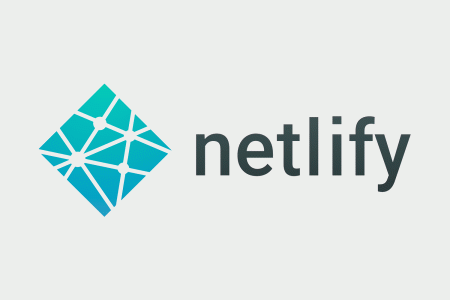Welcome Netlify

Today, Netlify announced the close of its $30m Series B financing led by Kleiner Perkins.
Partnering with visionary founders on a mission to change the way the world works is the essence of what we do as venture investors. From the moment we first met Matt Biilmann and Chris Bach of Netlify, it was clear that they embodied this persona. Netlify’s mission is to modernize the web by providing developers with a global application delivery network that completely abstracts away the challenges associated with infrastructure and hosting. While a lofty ambition to say the least, their incredible progress less than a year since raising their Series A convinced us that Netlify was well on its way. We believe this is a platform capable of becoming the de-facto web hosting and deployment workflow for the tens of millions (and counting) of developers on earth.
Since the dawn of the internet, application architectures have continually evolved to keep pace with the scale of the web. Past evolutions, such as the LAMP and MEAN stacks, were catalyzed by the standardization of new technologies that together offered performance, user experience, and scalability benefits. In the LAMP stack’s case, it was the combination of the Linux OS, Apache web server, mySQL, and PHP. The MEAN stack rose to prominence in a similar fashion as MongoDB and end-to-end Javascript became more widely adopted.
Today, most websites still rely on origin servers in a single location to generate pages in response to user requests. However, the complexity of modern apps has far surpassed the performance and scalability limits of this architecture. The most sophisticated have turned to elaborate configurations of web and database servers, load balancers, and CDN caching to overcome this. However, the added complexity tends to lead to instability, excessive maintenance, poor developer experience, and security vulnerabilities.
More recently, the practice of prebuilding apps popularized by the mobile community has begun finding its way into web development. At the same time, web browsers have become increasingly powerful. These two factors, combined with the wide availability of low-cost CDNs and 3rd party APIs (ex: Twilio, Stripe), have paved way for a fundamentally new web architecture. In this approach, every page of a site is prebuilt and hosted at the edge. This dramatically improves a site’s performance and security, and eliminates the need to deploy and manage web servers. The entire site is stored in git, and continuously deployed as changes occur. Most dynamic functionality is handled via Javascript in the browser, and server-side processes are abstracted by reusable APIs. While the advantages of this new architecture are clear, a lack of purpose built tooling has made it expensive and complex to embrace. The founders of Netlify saw how big an opportunity it would be to fix this, and designed a workflow that makes it drop-dead easy to adopt. A developer can now adopt Netlify and have their site live on its global application delivery network in seconds. This architecture, now known by the industry as the JAMstack, has since been embraced by a large and vibrant ecosystem of developers. In fact, more than 300,000 of them have already chosen to leverage the Netlify platform for everything from personal blogs to mission-critical enterprise applications.
We believe this is the future of the web, and are grateful for the opportunity to support Matt, Chris, and the rest of the Netlify team on their mission to make this future a reality. If you are interested in what Netlify is working on, they are hiring for a variety of full-time roles. Join us!
Read more in Wired